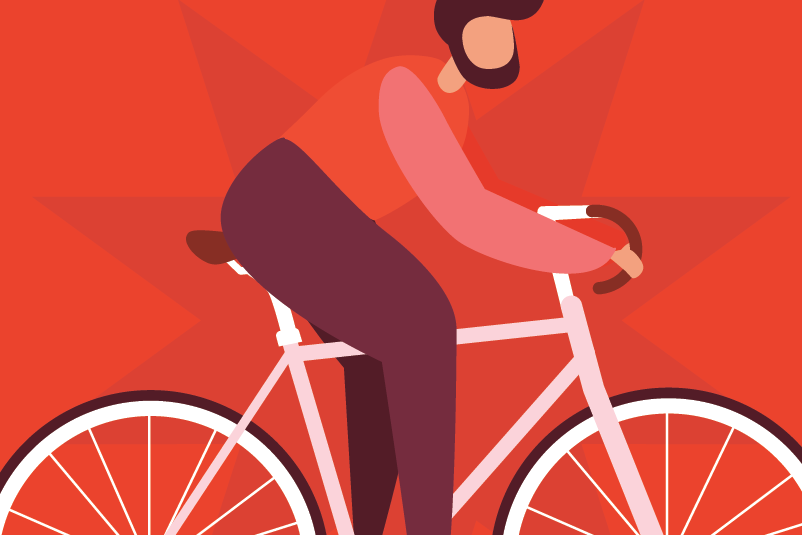#307 Walking it off: How effective is exercise for management of peripheral artery disease?

Reading Tools for Practice Article can earn you MainPro+ Credits
Join NowAlready a CFPCLearn Member? Log in
- Results statistically significant unless otherwise noted.
- Exercise versus usual care +/- exercise advice in patients with PAD (mean age 67, 67% male, mean Ankle Brachial Index 0.67, pain free walking distance 110-266m):1
- Four systematic reviews, 9-41 randomized controlled trials (RCTs), 391-1938 patients:1-4
- Pain-free walking distance improvement: 23 to 174 meters over 2 to 78 weeks.
- Maximum walking distance improvement: 41 to 218 meters over 2 to 78 weeks.
- Improvement likely clinically relevant.5,6
- Two systematic reviews, 1-8 RCTs, 177-937 patients:1,4
- No difference in mortality,4 amputation, or adverse events (example cardiovascular events) at up to 78 weeks.
- Four systematic reviews, 9-41 randomized controlled trials (RCTs), 391-1938 patients:1-4
- Different types of exercise:
- Network Meta-analysis, 42 RCTs, 3515 patients:7
- Maximum walking distance:
- Improved with supervised and home-based exercise (187m and 89m respectively) at <1 year.
- Only supervised programs continued to demonstrate benefit (201m) between 1-2 years.
- Maximum walking distance:
- Systematic review, 10 RCTs, 527 patients:
- Supervised walking not superior to other supervised exercise (example resistance training, Nordic walking, combination exercises, arm ergometry, or cycling) for pain-free or maximum walking distance.8
- Limitations: Based on small sample sizes, low quality evidence.
- RCT, 305 patients: Home-based exercise inducing maximal pain superior to exercise inducing no pain (34.5m versus -6.4m).5
- Limitations: Heterogeneous individual response.
- Systematic reviews: No difference between exercising with no-to-mild pain versus moderate-to-maximal pain.1
- Network Meta-analysis, 42 RCTs, 3515 patients:7
- Most common recommendations included supervised walking 2-3 times per week for 30-60 minutes.4,9
- Patient understanding of physical activity for PAD should be explored:
- 63% identified walking as the primary etiology for their pain, 90% thought walking would worsen symptoms.10







Practical – solid advice to engage patients in their own care.
walking improves PAD
thanks